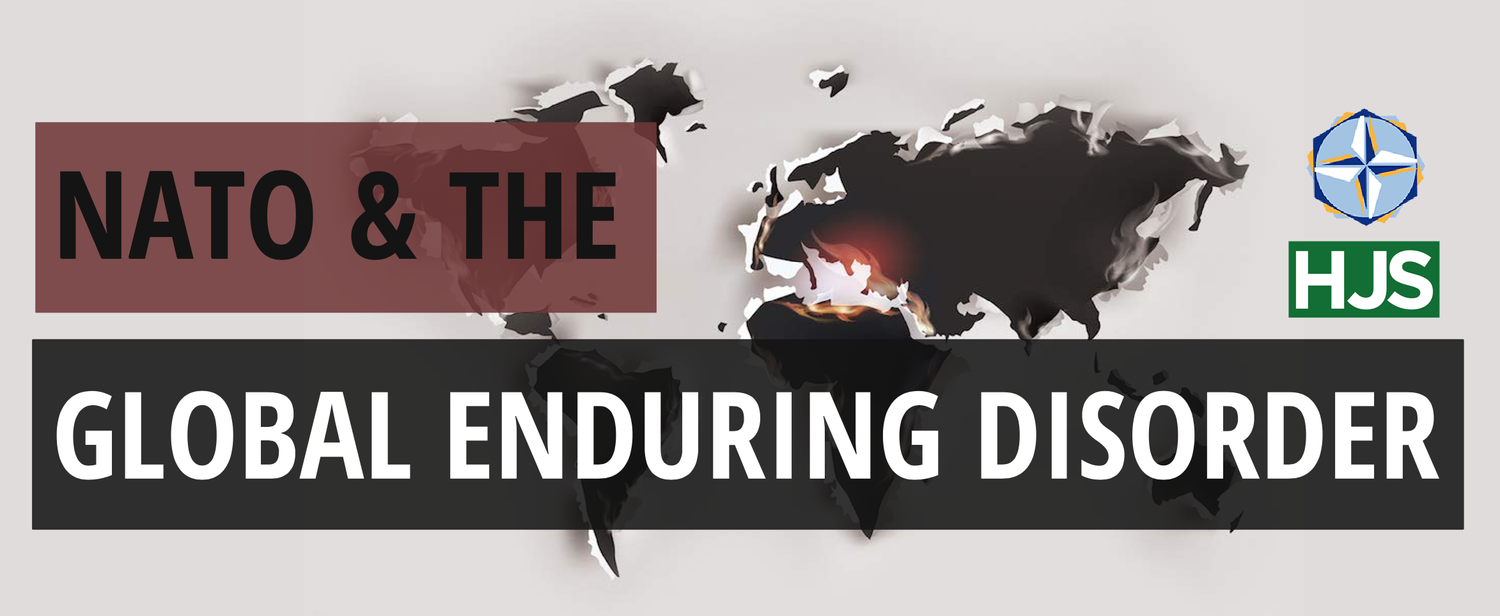How the war on terroir was won – Part 1
How did this happen? Is the globalisation of GIs going to continue? Do any dark clouds lie ahead?
To understand the phenomenon, we need to go back to around 2010, when two things happened.
Several things happened that year. The Chilean miners were rescued, there was an earthquake in Haiti, and South Africa became the first World Cup host country to get knocked out in the first round.
But for today’s purpose, two things. First, as part of its periodic revamp of the Common Agricultural Policy (CAP), the EU decided to accelerate the shift from quantity to quality, enhancing its support for GI (and organics) development.
The ‘Quality Package’ emerged, which saw reform and streamlining of the EU’s GI systems.
Secondly, following the collapse of the WTO Doha Round of multilateral trade negotiations, where the EU had unsuccessfully tried to set up a WTO register of all GIs and others, it moved decisively – promiscuously! – to negotiate bilateral Free Trade Agreements with all-takers to obtain via bilaterals what it had failed to do in Geneva – including GI protection, which rapidly became the centrepiece of the IPR chapters in each successive bilateral free trade agreement (FTA).
The Lamy doctrine: “No new FTAs until we complete the Doha Round”, was supplanted by the Mandelson doctrine: “FTAs, fasten your seatbelts folks – here we go”…
John Clarke in Euractiv.


